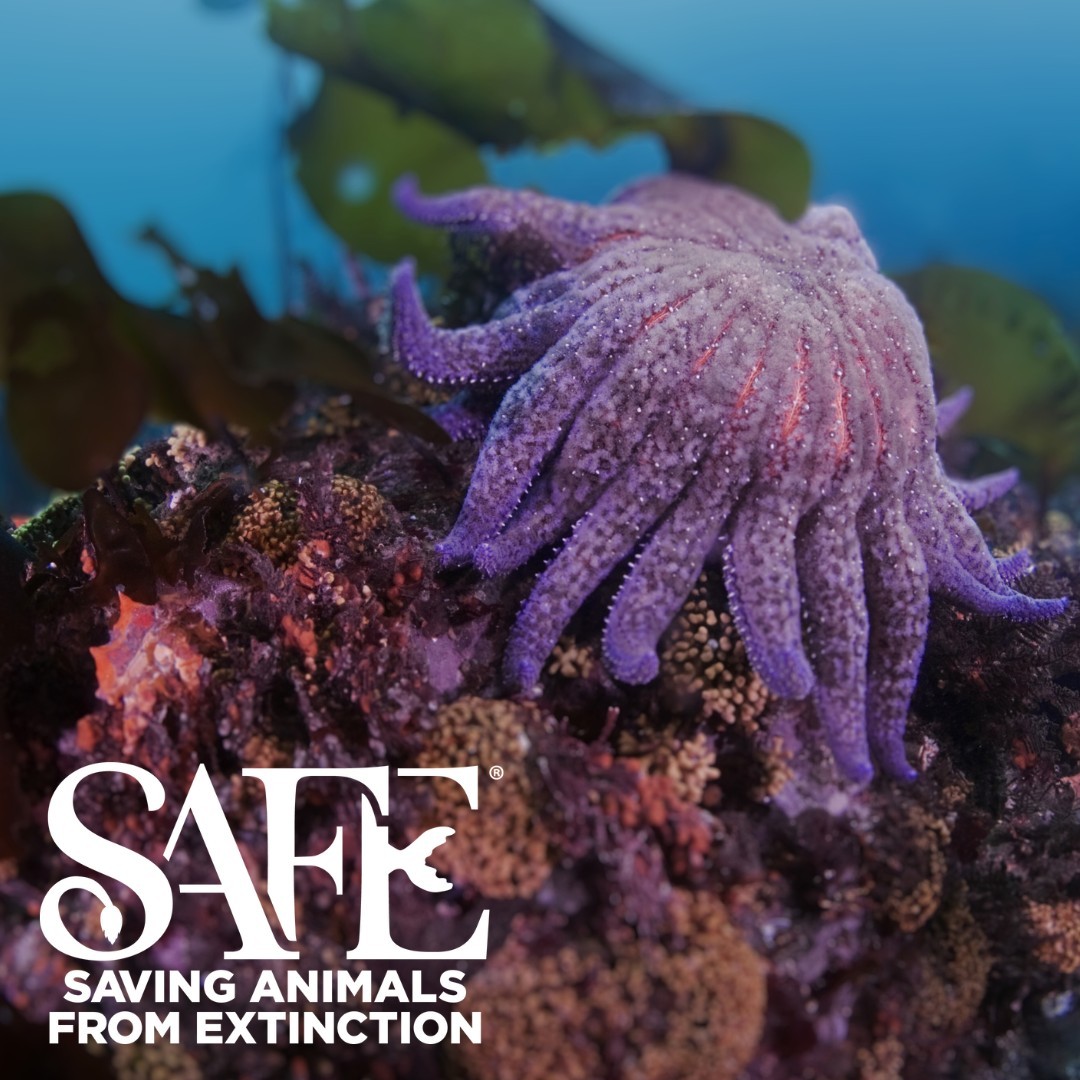Summary:
1. Introduction to the SAFE program and its partnership with echinoderm experts for conserving the Sunflower Sea Star.
2. The devastating impact of Sea Star Wasting Syndrome (SSWS) on the global Sunflower Star population.
3. The importance of Sunflower Sea Stars in maintaining the balance of marine ecosystems, particularly kelp forests.
4. The collaborative efforts of multiple aquariums and professionals in the SAFE Sunflower Sea Star program.
5. The significance of captive rearing, recovery, and restoration of this species along the west coast of North America.
In the vast expanse of our oceans, a silent and often overlooked battle is being waged. It is a battle for the survival of the Sunflower Sea Star. This majestic creature plays a critical role in maintaining the delicate balance of marine ecosystems along the west coast of North America. The Association of Zoos and Aquariums, through its SAFE (Saving Animals from Extinction) program, has joined forces with echinoderm experts to combat the devastating effects of Sea Star Wasting Syndrome (SSWS) and protect this magnificent species.
The Grim Reality of Sea Star Wasting Syndrome:
Sea Star Wasting Syndrome, a mysterious and destructive disease, has ravaged sea star populations across the globe, causing significant declines in numbers. The Sunflower Sea Star has been particularly hard hit, with its population plummeting due to the syndrome. This epidemic has alarmed scientists and conservationists, who recognize the crucial importance of these stars in maintaining the health of marine environments.
The Unsung Heroes of the Kelp Forests:
Hidden beneath the ocean’s surface lies an enchanting world that few of us witness firsthand. Vibrant kelp forests, teeming with life, provide a sanctuary for many creatures. Within this intricate ecosystem, the Sunflower Sea Star plays a vital role. Acting as a natural predator, it keeps the urchin population in check, ensuring the harmonious balance of this underwater paradise.
Urchins are voracious herbivores that, left unchecked, can decimate kelp forests, leading to catastrophic consequences for marine life. By preying on these urchins, the Sunflower Sea Star safeguards kelp forests, which serve as nurseries, shelter, and sustenance for countless other species. The existence of these underwater forests is thus intimately intertwined with the survival of the Sunflower Sea Star.
Uniting for Conservation: Collaborative Efforts:
Recognizing the urgent need to protect the Sunflower Sea Star and restore its dwindling population, multiple aquariums and professionals from diverse backgrounds have rallied under the SAFE Sunflower Sea Star program. This collaboration is a testament to the dedication and passion of those working tirelessly to turn the tide for this iconic species.
The SAFE Sunflower Sea Star program aims to employ aquaculture techniques to rear and breed these stars in captivity, allowing for their recovery and eventual reintroduction to their natural habitats. Combining the expertise of echinoderm specialists and the resources of aquariums, this initiative offers a ray of hope in the desperate battle against SSWS.
Captive Rearing, Recovery, and Restoration:
Captive rearing plays a pivotal role in recovering and restoring the Sunflower Sea Star population. Researchers and aquarists can closely monitor their health, behavior, and reproductive capabilities by carefully nurturing individuals in controlled environments. This invaluable knowledge will aid in conserving the species and shed light on the underlying causes of SSWS and potential mitigation strategies.
Furthermore, the captive breeding of Sunflower Sea Stars opens public education and awareness avenues. Visitors to participating aquariums can witness these stars’ beauty firsthand and learn about their ecological significance. These encounters can inspire a new generation of conservationists, fostering a deep appreciation for the wonders of the natural world and the importance of protecting it.
Conclusion:
In the face of the Sea Star Wasting Syndrome epidemic, the collaboration between the Association of Zoos and Aquariums, echinoderm experts, and various aquariums is a hope for the Sunflower Sea Star. Through the SAFE program, captive rearing, recovery, and restoration efforts can pave the way for the resurgence of this critical guardian of our kelp forests.
We must acknowledge the profound influence of these unsung ocean heroes and unite to preserve our marine ecosystems. Every individual action, from supporting aquarium-led conservation efforts to spreading awareness, can make a significant difference in the ultimate survival and thriving of the Sunflower Sea Star. Let us join hands and ensure a promising future for this captivating species and the underwater forests they protect.
*****
Source Description
The Association of Zoos and Aquariums (@zoos_aquariums) has approved the Sunflower Sea Star SAFE!
SAFE (saving animals from extinction) program partners with echinoderm expertise have supported aquarium-led conservation aquaculture. SAFE Sunflower Sea Star will focus on the captive rearing, recovery and restoration of this species along the west coast of North America. ⭐
In the face of a Sea Star Wasting Syndrome (SSWS) epidemic having decimated the global sunflower star population, we are excited to be a part of this program along with several other aquariums and professionals from many backgrounds. These important animals keep urchin populations in check, which, in turn, protect kelp forests. 🌿


